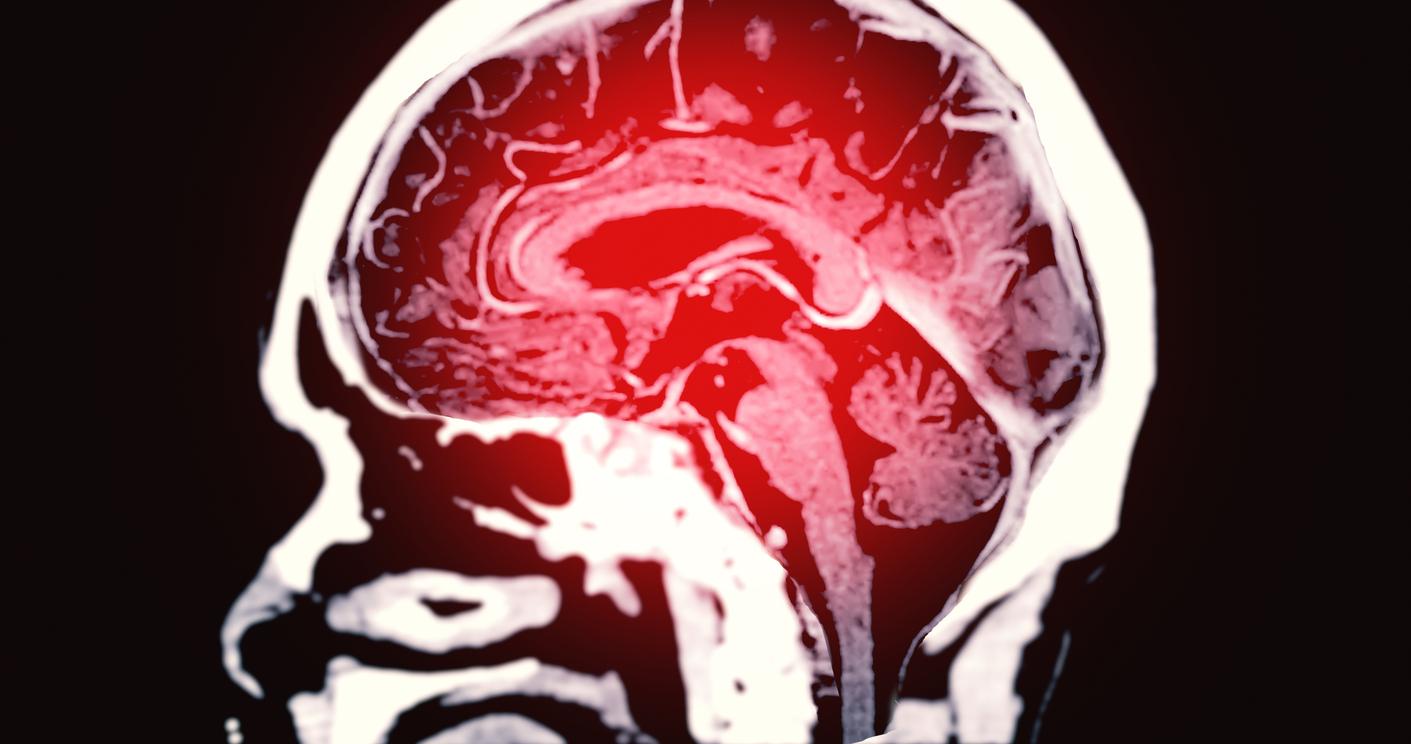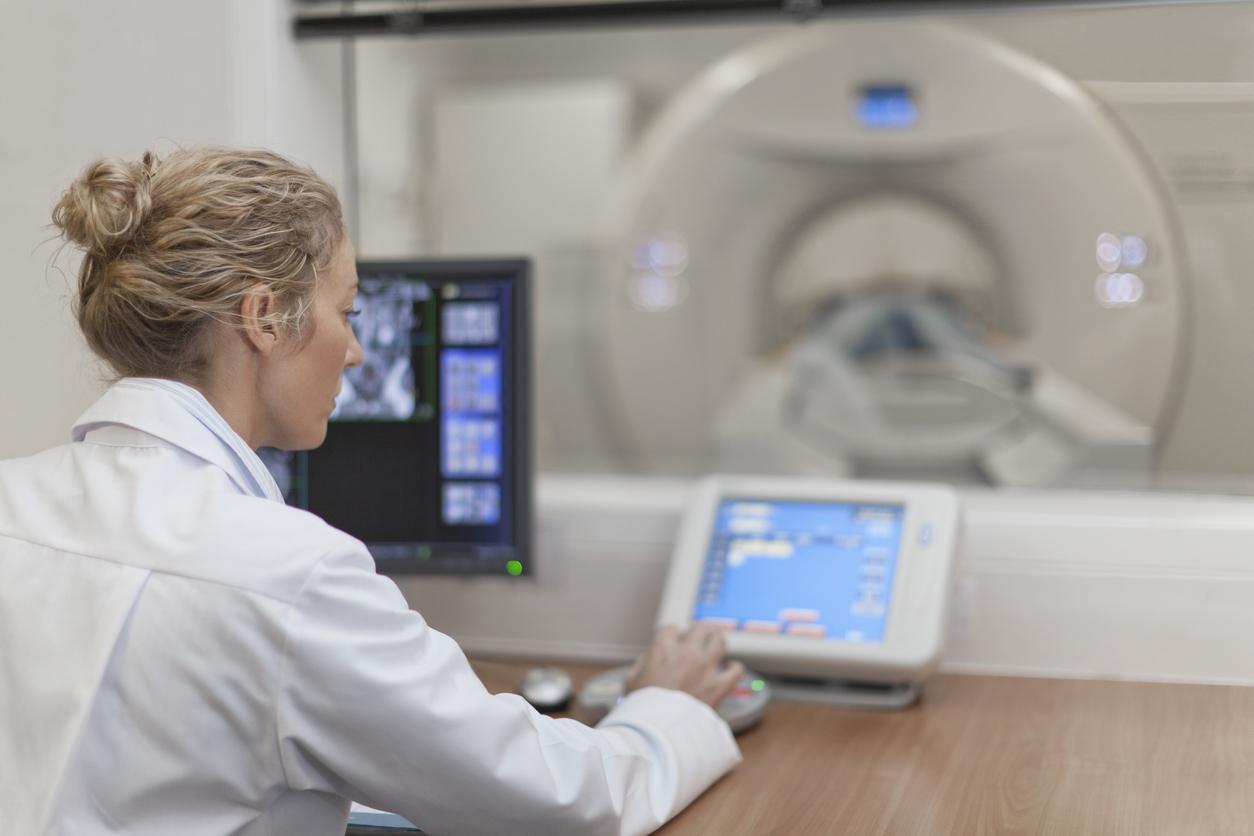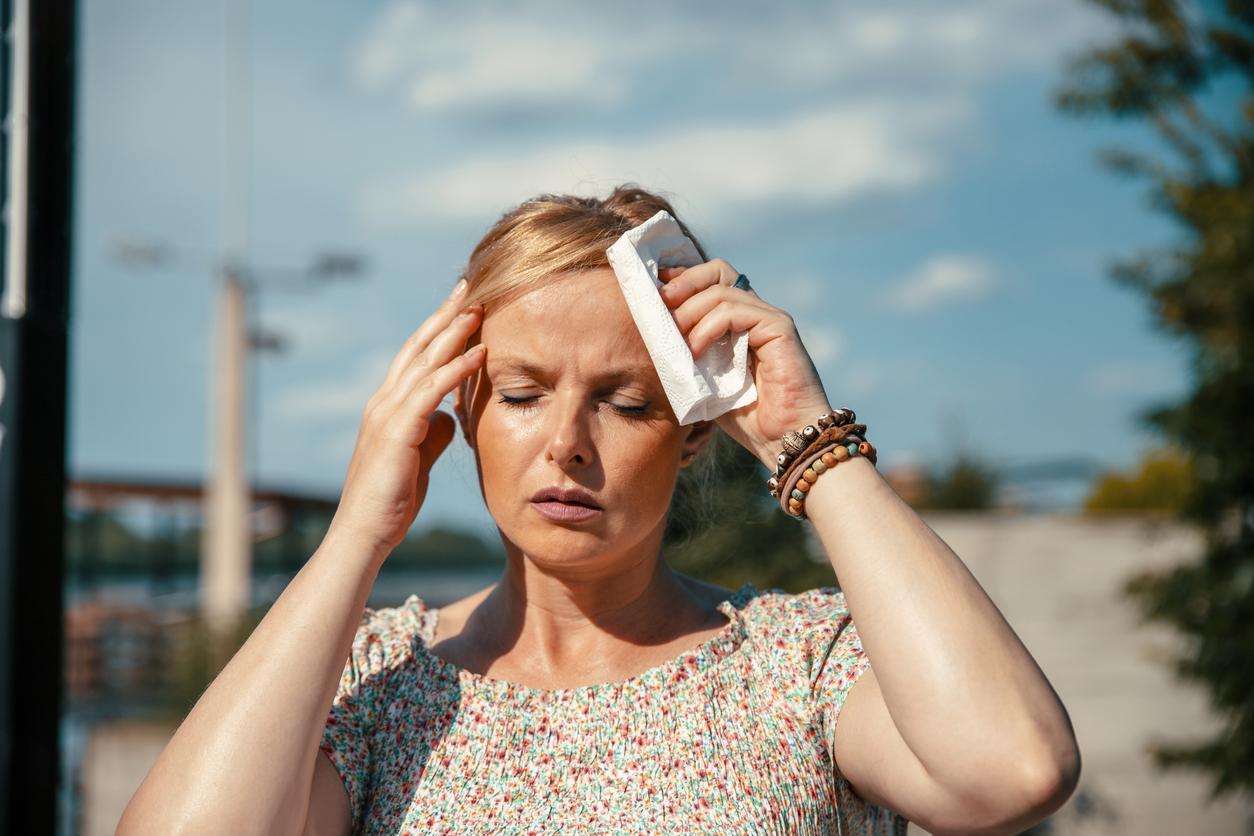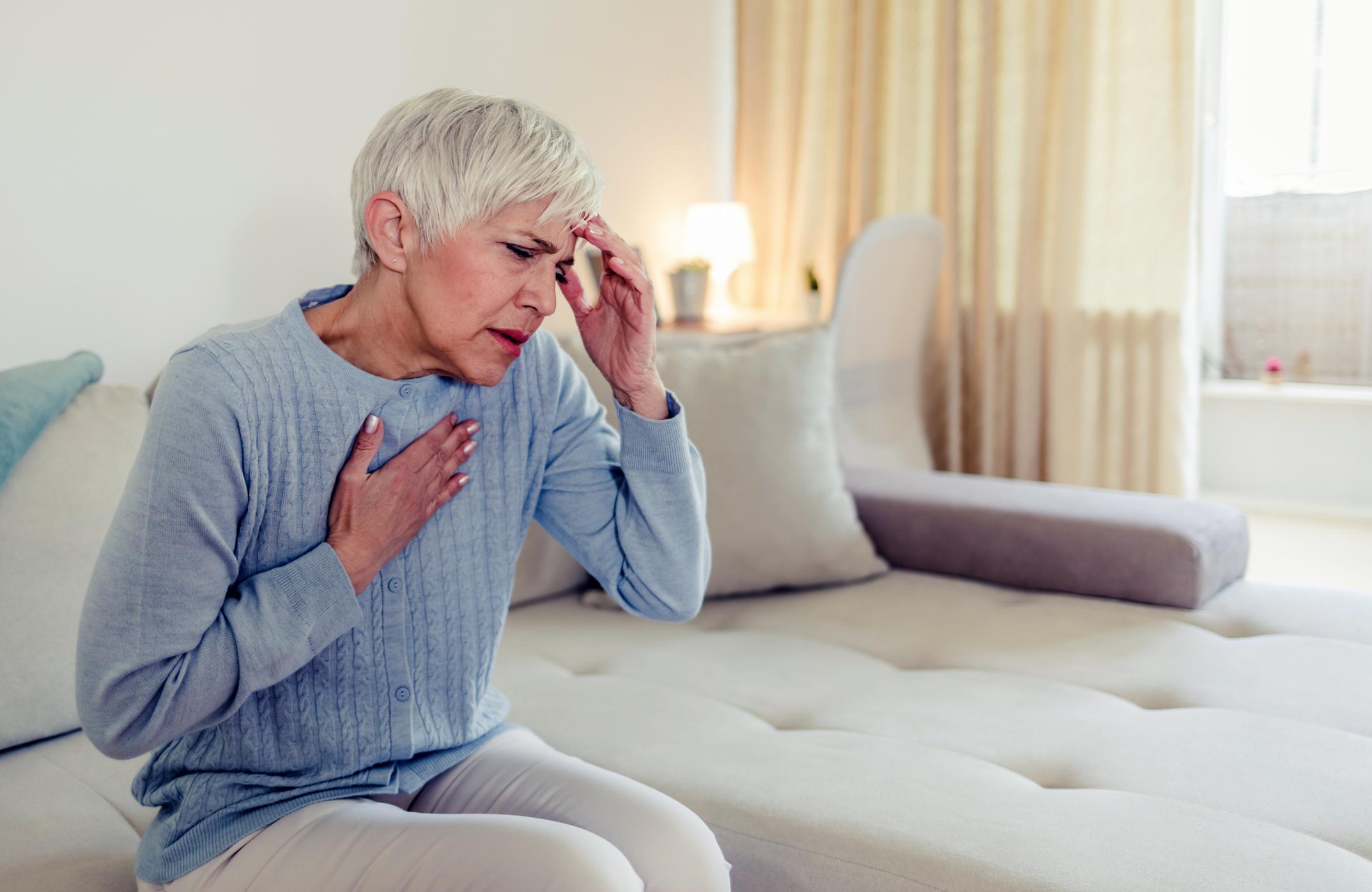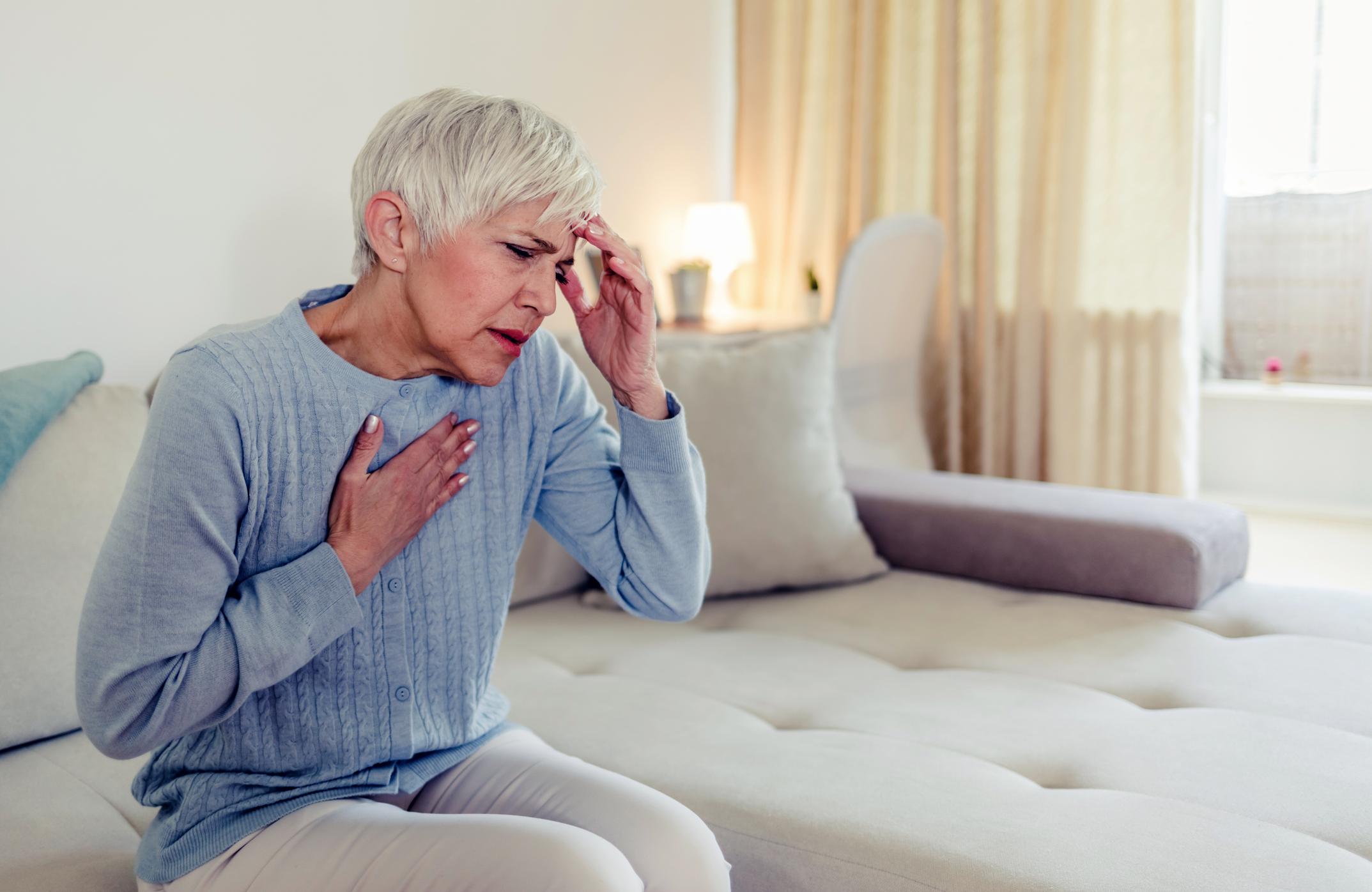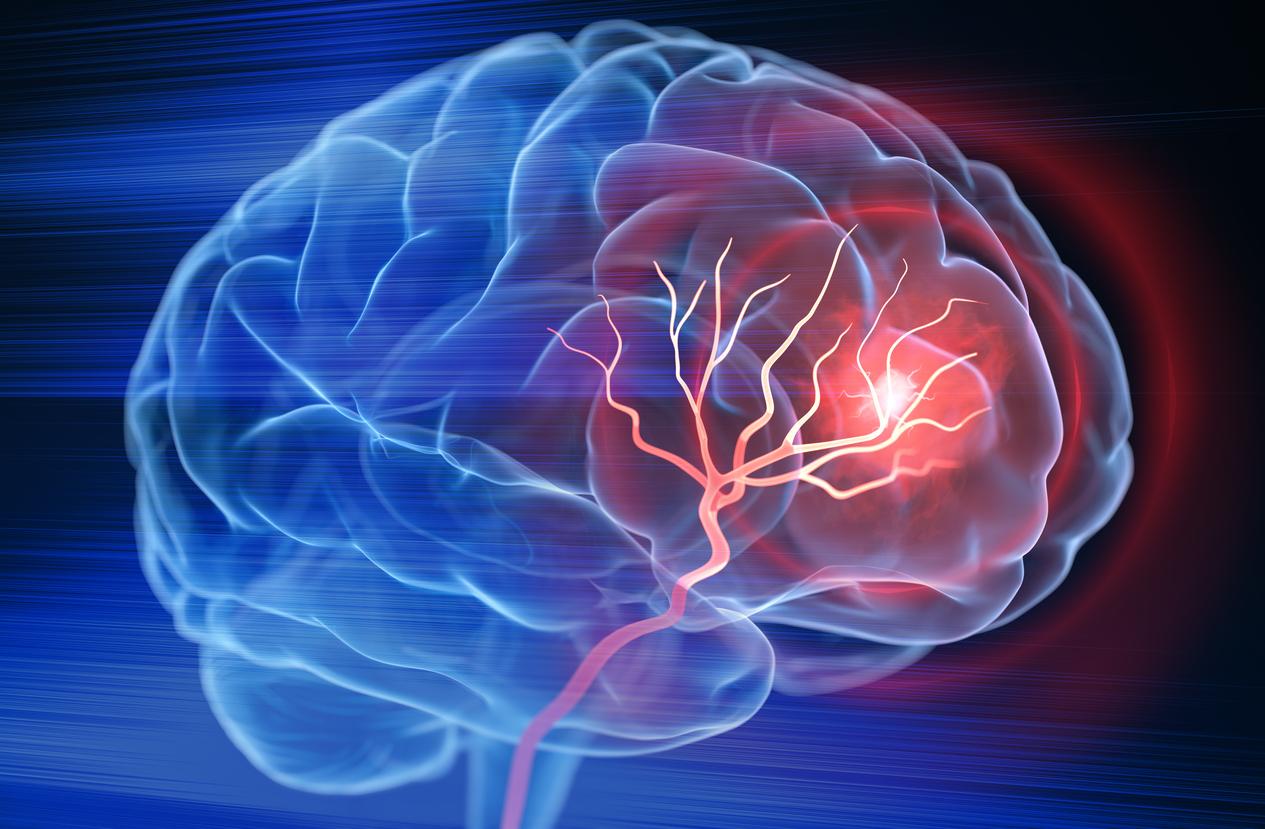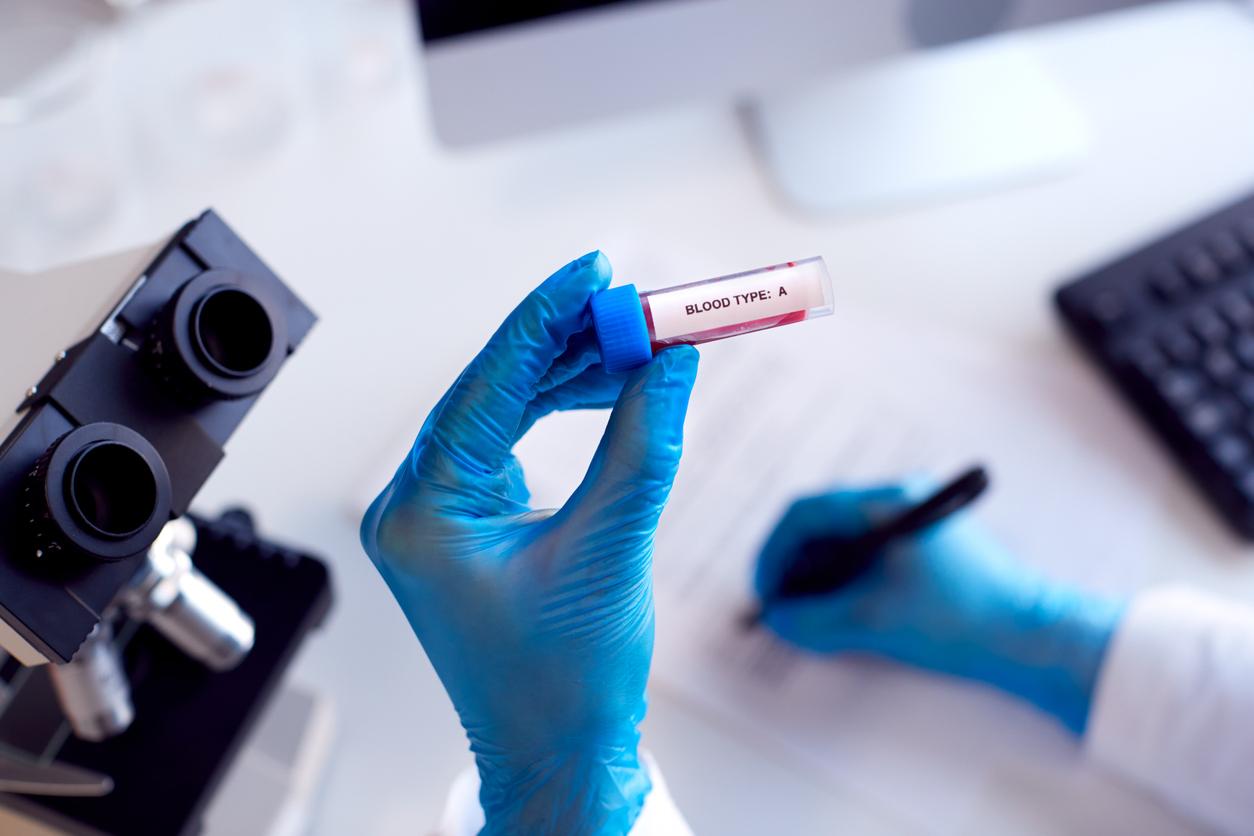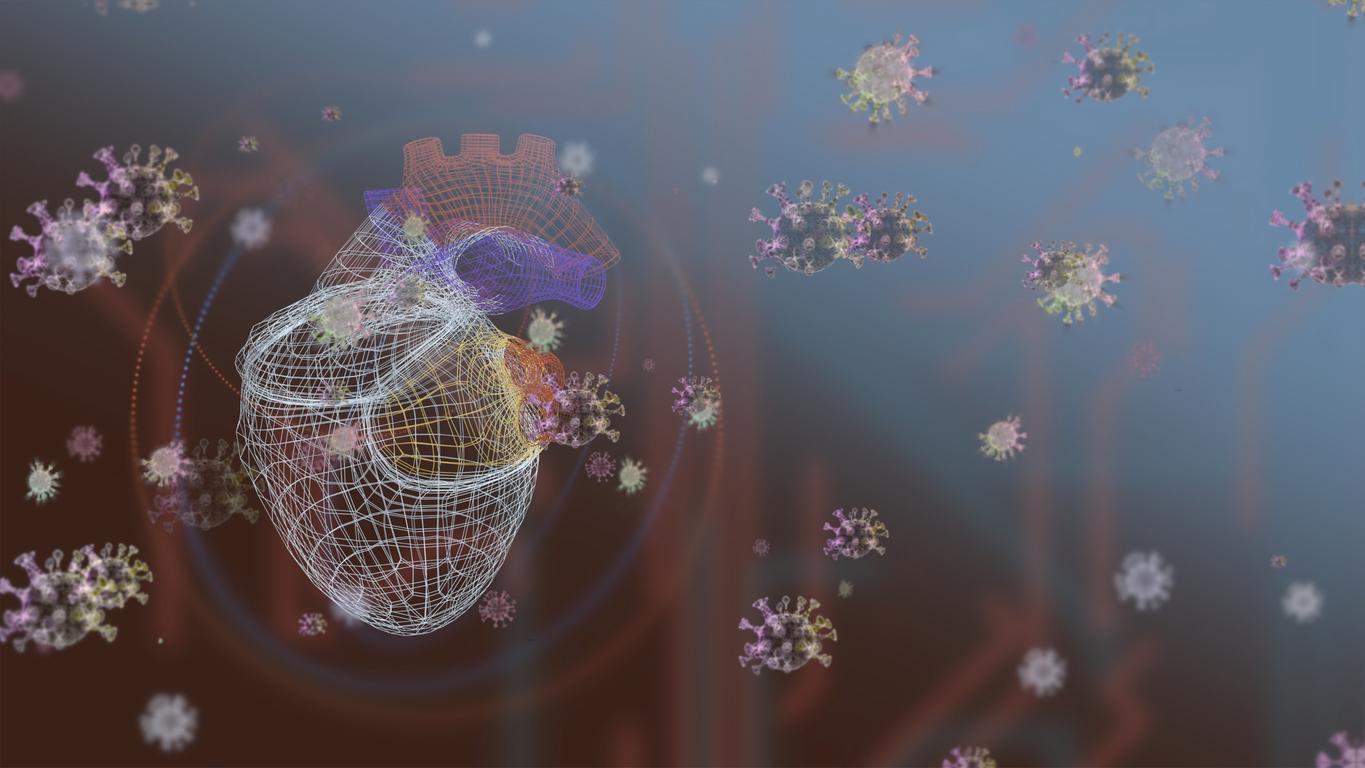Little is known about the warning signs of stroke, yet 130,000 French people are victims of it each year. On the occasion of World Stroke Day, specialists plead for information from childhood.
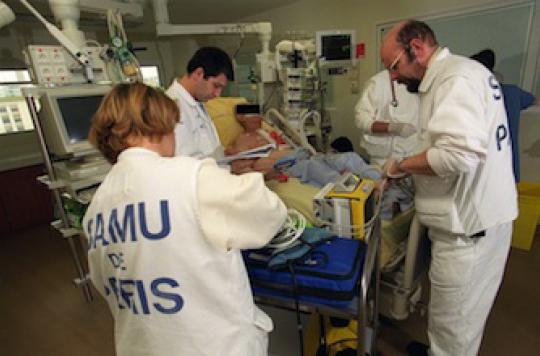
A violent pain in the chest that radiates to the left arm? Everyone knows that this is a suggestive sign of a heart attack. But if a person starts talking strangely for a few minutes… Or has a deviation of the face, can’t see one eye, can’t move an arm or a leg for a few moments, without real pain, we don’t have always the reflex to call 15! But these are warning signs of a stroke.
Twice as many strokes as a heart attack
“The paradox is there: the warning signs of a heart attack are well known but those of a stroke much less, explains Dr. Emmanuel Ellie, head of the neurovascular emergency unit at the Bayonne hospital center. Yet the number of strokes is twice as high as that of heart attacks. Nearly 130,000 people are victims of stroke in France. We still have a lot of work to do to get the messages out to the general public. On the occasion of World Stroke Day which takes place on October 29, patient associations and specialists want to catch up.
A first effort was made with the national action plan, AVC 2010-2014, launched by Roselyne Bachelot, who was then Minister of Health. It made it possible to structure the supply of emergency care in France. But the population still needs to know the warning signs and have the right reflexes. “The 2010-2014 plan provides for creating documents for the attention of the population”, indicates Professor Mathieu Zuber, head of the neurology and neurovascular service of the Paris Saint-Joseph hospital group.
A video clip , which groups together the main warning signs has been carried out. It is built around the acronym VITE which makes it possible to memorize alert situations. “V for paralyzed face, I for inertia of a limb, T for speech disorder, recites Dr. Emmanuel Ellie, and finally E for” in emergency “call 15!” Remember that for the treatments to be effective, the intervention time must not exceed 4 hours and 30 minutes.
Listen to Dr Emmanuel Ellie, neurologist, Bayonne Hospital Center. “The faster the treatment, the more we can offer the victim an effective treatment, and reduce the risk of sequelae. “
Should we go further and raise awareness in schools? “It’s a good idea, it is also quite common for a child to be the first witness to a stroke”, underlines the neurologist Mathieu Zuber who indicates that documents intended for young people are in preparation for the Ministry of Health. Dr Emmanuel Ellie also pleads for better information for the general public. “But be careful not to be too dramatic for the children. “
Stroke is never painful
The catch is the blatant appearance that a stroke can take. “Cerebrovascular accident (stroke), with some exceptions, never hurts, that’s the problem,” says Professor Mathieu Zuber, head of the neurology and neurovascular service of the Paris Saint-Joseph hospital group. Thus, a person may not worry about having stammered for two minutes, especially if everything returns to normal quickly enough … But this person then misses a transient ischemic attack (TIA), that is to say – to say that a blood vessel in the brain was briefly blocked, but this type of neurological event can recur: 30% of strokes are preceded by such accidents. “
Listen to Prof. Mathieu Zuber, neurologist, Paris Saint-Joseph Hospital Group: “ In case of TIA, it is better to call 15 and lie down, rather than going to the emergency room yourself. “
Beyond knowing the warning signs, neurologists also insist on teaching prevention messages. “The fight against stroke risk factors must be initiated from an early age, and disseminated by parents and school,” says the neurologist from Bayonne. There are very simple things like not adding salt during meals to avoid the risk of hypertension, the number 1 cause of stroke, or even with adolescents to insist on the harmful effects of smoking, but also drugs. like cannabis, which can be immediate triggers for stroke, says Dr. Emmanuel Ellie.
Listen to Dr Emmanuel Ellie: ” Children are now quite familiar with the slogan “Eat 5 fruits and vegetables a day”. In the same way, there are messages to pass on salt, tobacco, drugs … “
If the doctors insist on the change of behavior, on the necessary hygiene of life, it is not to play the “moralizers”. Prevention is effective. The fight against hypertension, against hypercholesterolemia, against diabetes, have given results. “Epidemiology studies have shown that the average age of onset of stroke had fallen in 20 years by about 8 years in women and 5 years in men,” reports Dr. Emmanuel Ellie.
.









